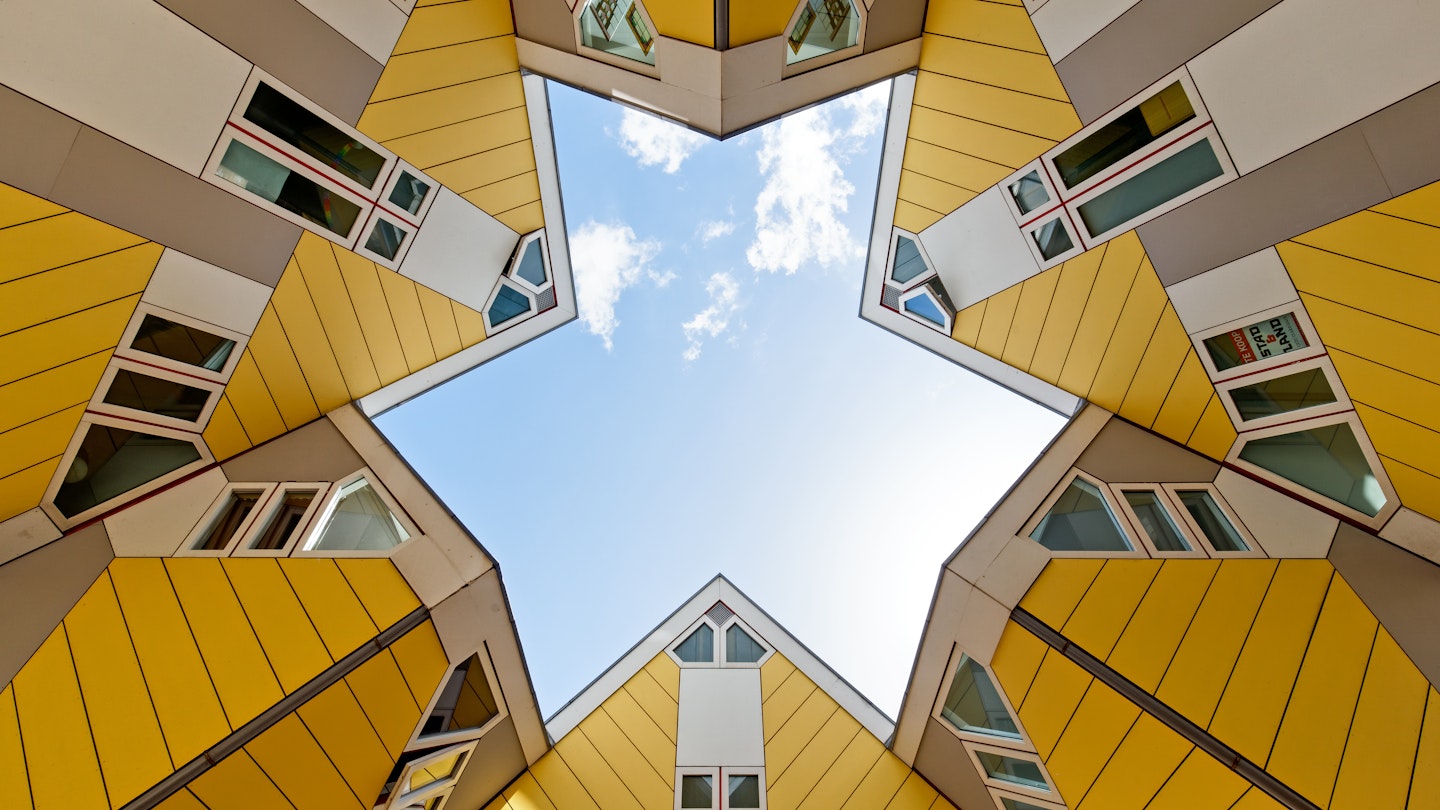Discover Rotterdam: The Modern Metropolis of Innovation
In a land of crooked old houses and winsome waterways, Rotterdam stands as an anomaly; its audacious architecture and shapeshifting skyline are in stark contrast to the traditional low-rise profile of other Dutch cities.
Historically, Rotterdam had a similar old-world aesthetic. To understand its transformation into a modernist metropolis, one must grasp the essence of this innovative and creative city, which excels in reinvention—an approach that remains vital as the world adapts to new challenges.

Much has been documented regarding Rotterdam’s phoenix-like rise from the rubble after the Second World War. This metamorphosis, enticing visitors for decades, stems from the foresight of urban planners who envisioned a modernized city even before the war.
“What many don’t realize is that prior to the war, plans were already in place to dismantle several old buildings and construct a new city,” states Ariane Nooteboom, founder of Inside Rotterdam Tours. “The bombing acted as a catalyst, providing us a blank canvas.”
Freed from the constraints of its antiquated architecture, Rotterdam’s urban planners enthusiastically pursued the modernist dream, drawing inspiration from cities like Chicago. Consequently, they approved striking structures that have since become symbols of the city. Notable landmarks include the Chicago-esque Euromast tower, the harp-shaped Erasmus Bridge, and the iconic, optical illusion of the Cube Houses, which create the illusion that residents live at a 45-degree angle. Moreover, the Kop van Zuid district exemplifies the blend of new and old, where modern skyscrapers like The Sax rise above historic warehouses.
Rotterdam continues to attract Instagram enthusiasts, showcasing remarkable modern architecture, from the gleaming vision of Rotterdam Centraal to the Timmerhuis office complex resembling elements of a digital landscape, and the horseshoe-shaped Markthal, which is more than a mere food market; it is a unique blend of living spaces where shoppers can catch glimpses of residents in their homes, a testament to the Dutch culture of openness.

Early signs of Rotterdam’s ambitious architectural pursuits are epitomized by a single building: Witte Huis. Located in the Maritime District, this decorative art nouveau structure survived wartime destruction and was Europe’s first high-rise block upon its completion in 1889. Today, its ten stories are scarcely visible against the city’s vast skyline.

Renegade Art and Urban Resilience
However, the rebirth of Rotterdam was not without its challenges. In the shadows of its towering structures, a rebellious artistic movement emerged, contributing an enriching layer of intrigue for visitors. A striking example is found on Poortstraat, where an installation depicting a red BMW seemingly crashing out of an office building serves as a powerful commentary on the city’s relentless modern development.
This audacious piece was conceived by Kunst & Vaarwerk, an artist collective, and uncovered in 1987, echoing the opposition to the city’s modernist agenda that prioritized automobiles over green spaces.
As time progressed, discontent with the modernization wave grew, globally and locally. “People began to reflect on the post-war changes and expressed dissatisfaction with the course of the modernization program,” states Paul van de Laar, an urban historian at Erasmus University. “A counter-reaction emerged.”
Amidst these creative tensions, new concepts blossomed in Rotterdam. In 2001, as the city became the European Capital of Culture, it aimed to enhance livability by expanding public spaces. One prime example is the Nieuwe Binnenweg, a vibrant locale brimming with shops and nightlife. Another noteworthy area is the revitalized Witte de Withstraat, now a lively avenue lined with bars and restaurants.
According to Nooteboom, “Ten years ago, it was a dodgy street; now it thrives as a nightlife hotspot.”
Moreover, the Luchtsingel or “air canal,” represents another triumph in local innovation. This bright yellow pedestrian bridge reconnects three districts previously divided by road and rail, boasting the distinction of being the world’s first crowdfunded public infrastructure project.

The museum experience in Rotterdam is undergoing a renaissance too. The city is set to unveil Depot Boijmans Van Beuningen, which will house 151,000 works of art accumulated by Museum Boijmans Van Beuningen over 170 years. It aims to be the first art storage facility worldwide to offer access to a museum’s entire collection.

Rotterdam 3.0: Sustainability and Innovation
In recent years, Rotterdam’s innovative character and relatively affordable rents have made it an attractive destination for Amsterdammers seeking a new home, drawn by the city’s pioneering efforts in sustainability, creativity, and innovation. This can-do attitude continues to inspire an influx of new residents from the capital and beyond.
The awakening of new ideas can be witnessed in an abandoned leisure center alongside the Nieuwe Maas river. Once the Tropicana swimming pool complex, BlueCity has transformed into a hub for startups focusing on the circular economy.

Within the workshops beneath the empty swimming pool, entrepreneurs are innovating by producing imitation leather from rotten mangoes, cultivating mushrooms from used coffee, and crafting bars of soap from beer waste. Visitors are encouraged to sample these unique creations at Aloha, the on-site, low-waste restaurant that overlooks the river.
For further insight into climate resilience, a trip to Rijnhaven port is recommended. There, Dutch engineers are constructing a carbon-neutral floating office complex, which includes a swimming pool and is set to open in early September. In an era where the future of work is a hot topic, this project could provide valuable insights. Alongside Rotterdam’s floating dairy farm—located further along the Maas—this building is preparing for rising sea levels.
According to van de Laar, such initiatives reflect the spirit of Rotterdam, where residents are motivated by the city’s narrative of reconstruction. “Rotterdammers genuinely believe they can shape the future,” he asserts.
The Rotterdam of today is in a state of constant evolution, with several promising projects in development, including city parks atop railway viaducts and green spaces along the riverside for local relaxation. As the world rapidly changes, Rotterdam is well-positioned to adapt and thrive.





